What Is Competency Based Training?
What does competency based training mean? Learn why it matters and how it transforms the way individuals and organizations grow.
What does competency based training mean? Learn why it matters and how it transforms the way individuals and organizations grow.
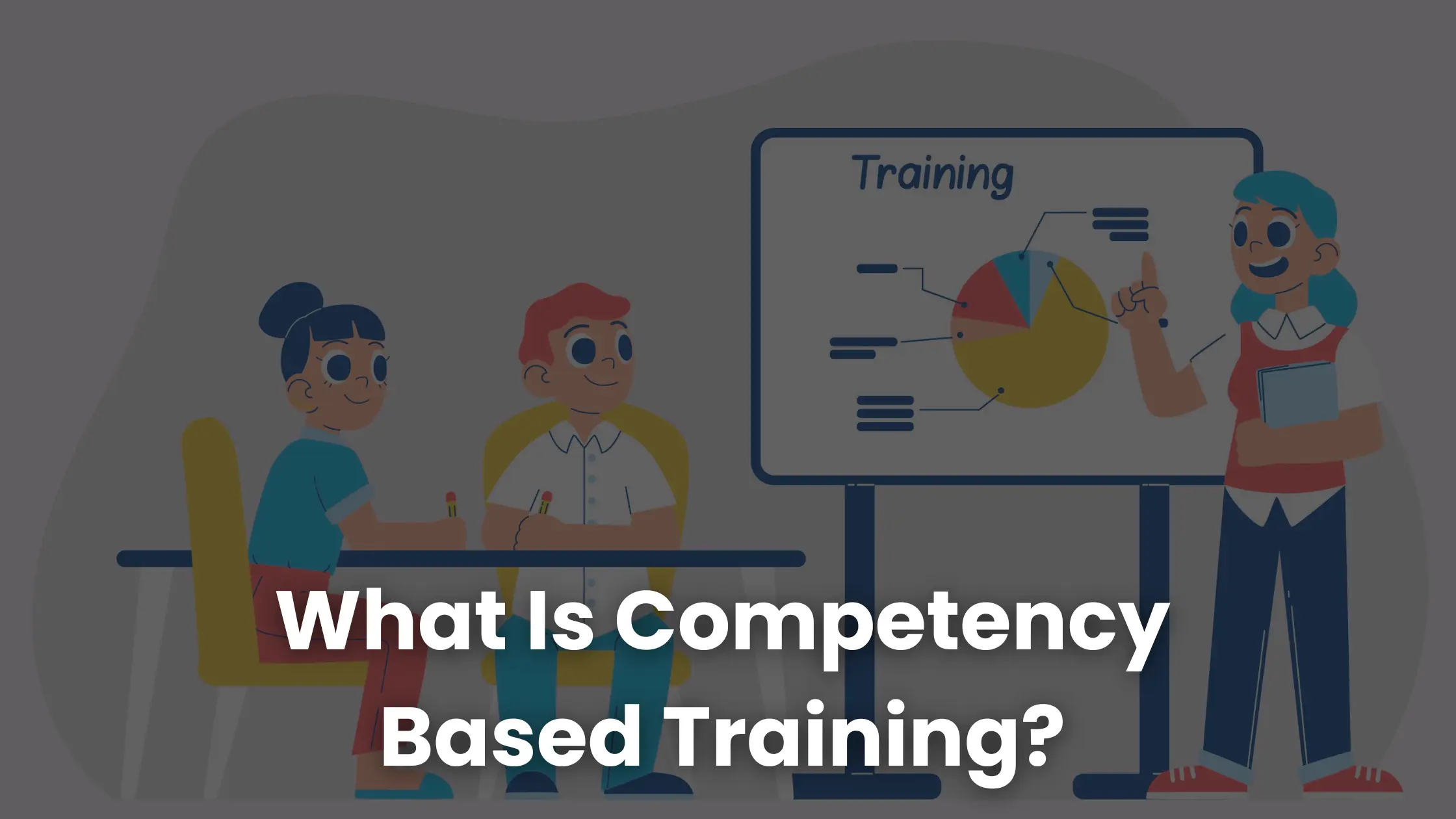
Think back to the last time you learned something new, like driving a car or cooking a recipe. Your success wasn't measured by how many hours you practiced, but by the moment you could actually perform the task on your own. That idea lies at the center of competency based training.
So, what does competency based training mean? It's an instructional strategy in which you focus on the question: Can the learner demonstrate the skill? Competency based training shifts attention away from theory for theory’s sake and toward measurable ability.
In organizational learning, it provides a clear picture of workforce readiness. Let's discuss competency based training in detail below.
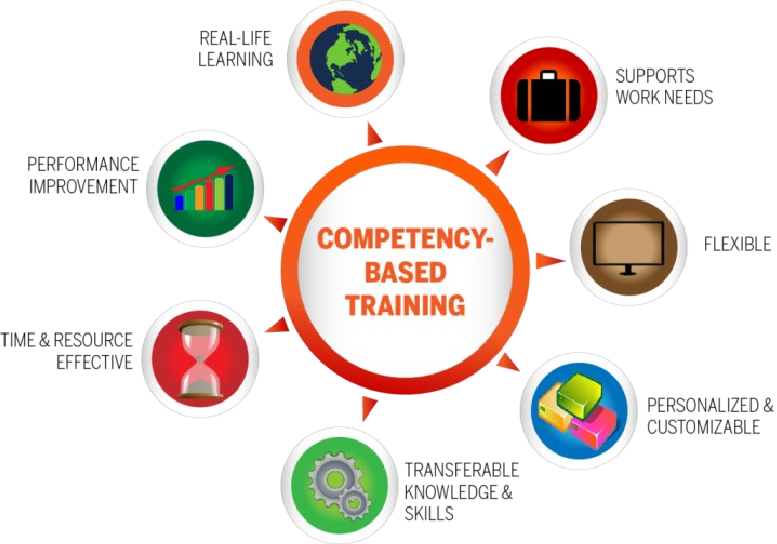
Competency training is a shift away from traditional education models that rely on time spent in classrooms or the number of modules completed. It measures progress through demonstrated skills and observable behaviors.
The goal is to expose employees to information and to confirm that they can apply what they’ve learned in ways that support business objectives.
Competency based training works particularly well in environments where performance has a direct and visible impact. For example, a manufacturing company may require employees to complete safety courses. In a traditional setting, the course would end with a written test or a certificate of attendance.
However, in competency based training, the assessment would focus on the employee’s ability to perform a safe equipment shutdown or identify hazards on the shop floor. The emphasis is placed on capability in action, not on memorization alone.
The main benefit of competency based training for organizations is clarity. Managers and leaders gain reliable insight into who can take on certain responsibilities because competence is verified through performance.
It also means training budgets are spent on building real capacity rather than checking compliance boxes. Employees, in turn, experience training that feels more relevant, since they can see the connection between learning and their daily responsibilities.
Competency based training comes in many forms, depending on the skills an organization wants to develop and the outcomes it expects. Here are some common examples of “what does competency based training mean” in different settings:
In this training type, you focus on the hands-on abilities employees need to perform their core tasks. It might involve operating machinery, coding in a specific language, or using specialized software. Success is shown when the individual can complete the task without errors and with consistent results.
Training in this area could involve practicing active listening, structuring clear emails, or handling workplace disagreements. Then, you may measure competence in how well the employee interacts with others and contributes to a collaborative environment.
Organizations often use competency based training to prepare future leaders. Participants are evaluated on their ability to delegate, motivate others, make decisions under pressure, and manage change.
These participants are then tested on their ability to apply these skills in real life. You measure their performance to determine progress.
Employees in service roles may undergo training that centers on client interactions, product knowledge, and resolving complaints. Here, competence is demonstrated by handling customer needs effectively and improving satisfaction rates.
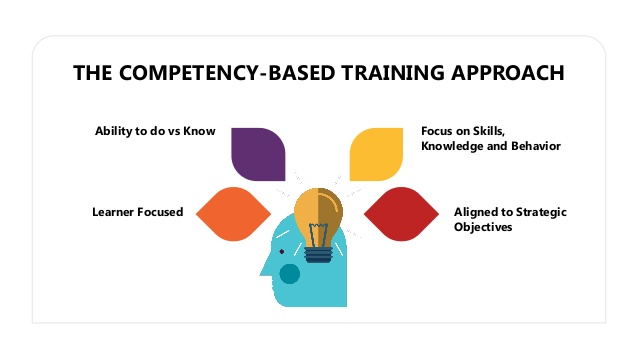
Competency based training is built on a few important elements that make it different from other learning models. To explain these elements, we'll use the example of a healthcare organization introducing a competency based program for new nurses.
They want to equip these nurses with practical abilities to handle patient care safely.
The first element is defining exactly what competence looks like. For new nurses, this could mean demonstrating proper patient intake procedures and checking vital signs.
Standards are written in observable terms. So, both the learner and the trainer know what successful performance entails.
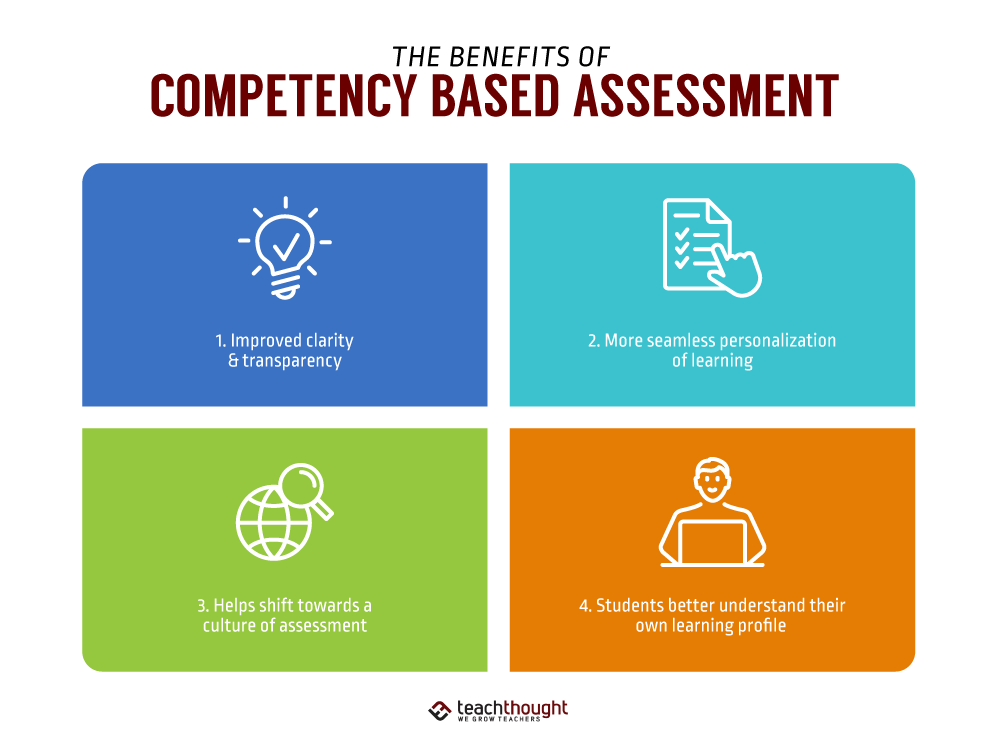
Assessment in competency based training goes beyond written tests. In this case, a nurse’s skills are evaluated during a live scenario, perhaps admitting a patient under supervision. Instead of grading on theory alone, the focus is on performance.
Learners advance once they show they can meet the competency, not after a set number of training hours. For example, one nurse may demonstrate proficiency after a single session, while another may need additional practice. Both paths are valid because competence, not time, dictates progression.
Constructive feedback is integral to competency based training. Trainers have to provide immediate guidance and identify areas for improvement.
For example, a supervisor may note that the nurse records patient data accurately but needs to improve communication when explaining procedures. Their feedback will help create a cycle of learning and refinement.
Now that you know “What does competency based training mean,” your next step should be to learn how to implement it in your organization. When you shift to competency based training, you need to plan it carefully. Here's how to ace training for workforce development.
The first step is to determine the skills and behaviors that matter most to your organization. These may vary by department or role.
For example, a sales team might focus on negotiation and client communication, while a technical team may emphasize troubleshooting and system management.
Once competencies are identified, organize them into frameworks that outline what proficiency looks like at different levels, such as beginner, intermediate, and advanced. These frameworks offer a reference point for managers when evaluating progress.
Create learning experiences that give employees the chance to practice and apply skills. These can include workshops, simulations, role-playing, or online modules.
The format should match the type of competency being developed. For example, leadership skills may require scenario-based discussions, while technical skills are better reinforced through hands-on practice.
You can develop these modules in a course builder like Coursebox that turns existing materials into courses. You can further make assessments using Coursebox's AI and then grade them automatically, too. Since Coursebox supports the addition of interactive elements, you can make your modules as engaging as you want.

Assessments should reflect real job tasks rather than abstract tests. If customer service is a key competency, employees might be evaluated through role-play interactions where they resolve client concerns. The same applies to other employee empowerment training programs, too.
Timely feedback helps employees refine their abilities and stay motivated. Managers or trainers should highlight strengths, address gaps, and offer actionable guidance. The ongoing dialogue reinforces learning and creates accountability.
Let's take a look at two real-world examples of brands that used competency based training in their organizations.
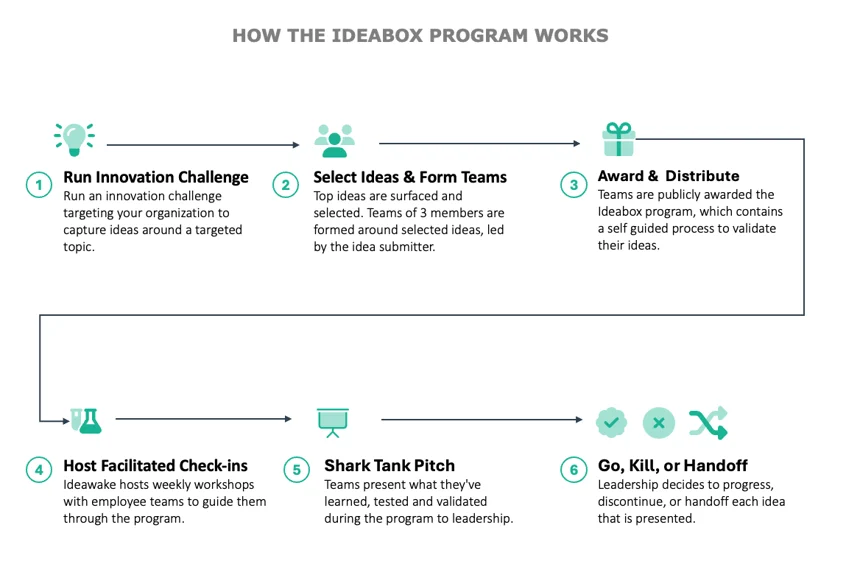
Adobe designed its Kickbox program to encourage employees to turn ideas into tangible projects. Participants receive a structured toolkit with resources, mentoring opportunities, and seed funding to guide them through the innovation process.
What sets it apart is the competency driven framework. Employees must demonstrate creativity, problem-solving, and project management skills as they move through each stage.
The program produced new internal initiatives and was later shared openly with other organizations worldwide. In doing so, Adobe showed how competency based training can scale innovation well beyond a single company.
Since the 1960s, McDonald’s has operated Hamburger University as a global training hub for restaurant managers and future leaders. The program blends classroom lessons with hands-on practice and focuses on key competencies such as operations management, customer service, and team leadership.
The training requires participants to demonstrate their ability to manage restaurants effectively. McDonald's' structure has created a pipeline of leaders who understand both the technical and interpersonal aspects of running high-volume restaurants.
As is evident, competency based training moves learning from theory to practice to create a workforce defined by what people can actually do. From leadership development to technical mastery, this approach proves that training succeeds when it connects directly to performance. If you're an organization that wants to stay resilient, this is the path forward for you.
Both employees and organizations benefit. Employees gain confidence by proving their skills in practice, while organizations get a clear view of readiness across teams. It’s especially useful in industries where accuracy and performance directly influence efficiency.
While it works well for technical skills, competency based training is equally valuable in leadership, customer service, healthcare, sales, and creative roles. Any position where measurable abilities matter can benefit from a competency based learning model.
A course-builder like Coursebox simplifies the process by letting trainers design interactive courses that map to specific competencies. Its AI tools generate assessments, quizzes, and real-time feedback, which makes it easier for learners to demonstrate skills while saving trainers hours of manual design work.
Most employees appreciate the relevance of the approach. They see direct connections between training and their daily responsibilities. Since success is tied to demonstrated ability, many find it motivating.
Many organizations use a blended approach to combine workshops, mentoring, or classroom-style sessions with competency assessments. They provide traditional training in-house and use an online platform like Coursebox for competency based modules. The latter also helps provide feedback to learners.
Get started for free today.
